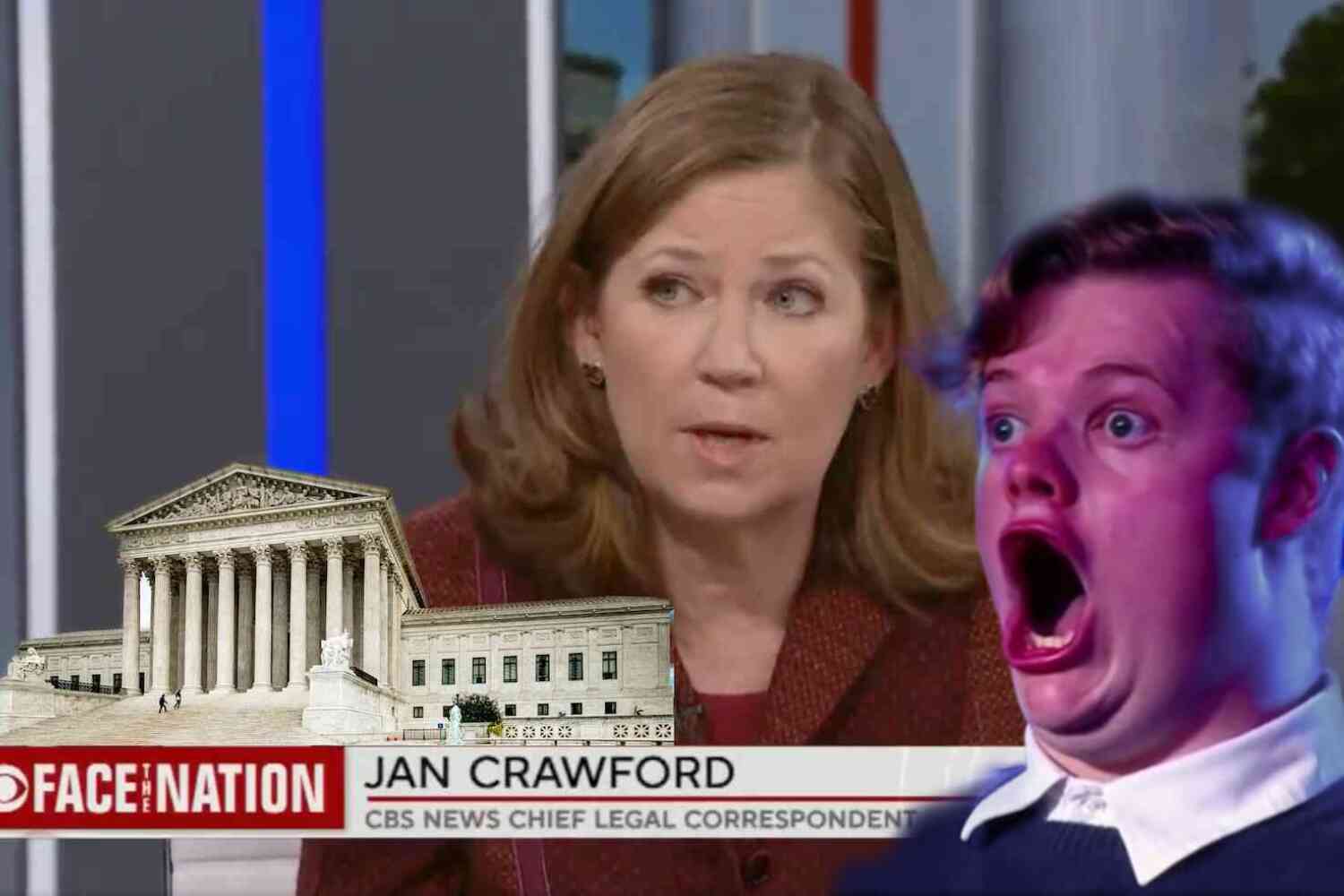The 1990s kicked off with fixed-rate mortgages hovering around 10%, which was killer for the parents of millennials who were getting started in life. But they had one huge factor in their favor.
The costs of homes compared to real wages was much lower.
You could buy a new split-level family home with 3 beds, 2 baths, and a double garage for around $80,000 in most American cities. Heck, even in California, the prices weren't much higher. Median household income was around $30,000 a year, which means the $700 mortgage payment for an $80,000 house, even at 10%, would run a family with that income around 28% of their money each year.
Of course, a family could buy an older home for much cheaper, especially in places like the Midwest where you could get a sizable place for $30-$40,000!
Now fast forward to today, where the median family income is around $70,000:
Even in affordable communities in states like Ohio, new starter homes are going for $400,000 or more. It's hard to get anything for less.
A monthly payment at that price and interest rate would be $2,850 every single month. For the median family, that would be 48% of their income.
Are you starting to see the problem?
Here's another way to visualize it:
Your real weekly wages are also only $51 more than someone in 1990 ($312 in 1990 vs. $363 in 2023).
Desperate for homes, young people are buying up 70-year-old remodeled homes with leaky basements in the $200-$300,000 range, locking themselves into slightly-less-crippling debt on a house that might need some major TLC in the years to come.
Just a few years ago, in what the Biden administration calls the dark times of the orange bad man, a couple could get the same older home for less than $150,000 at 3% interest.
But now, under Bidenomics, thanks to the money printing, lockdowns, and back-door deals the rich people in DC made with your cash, no one can afford anything.









